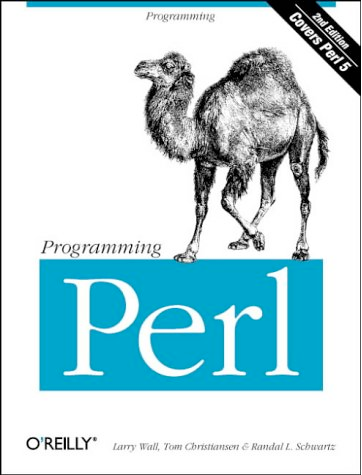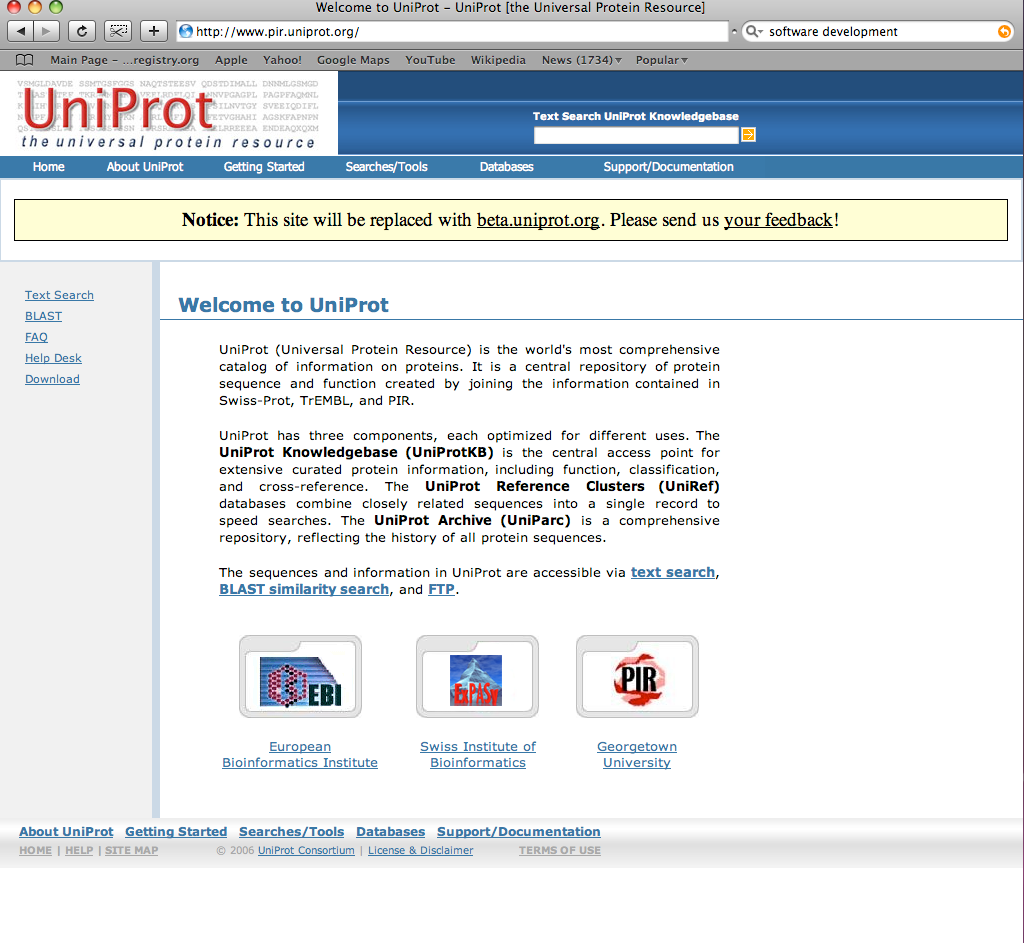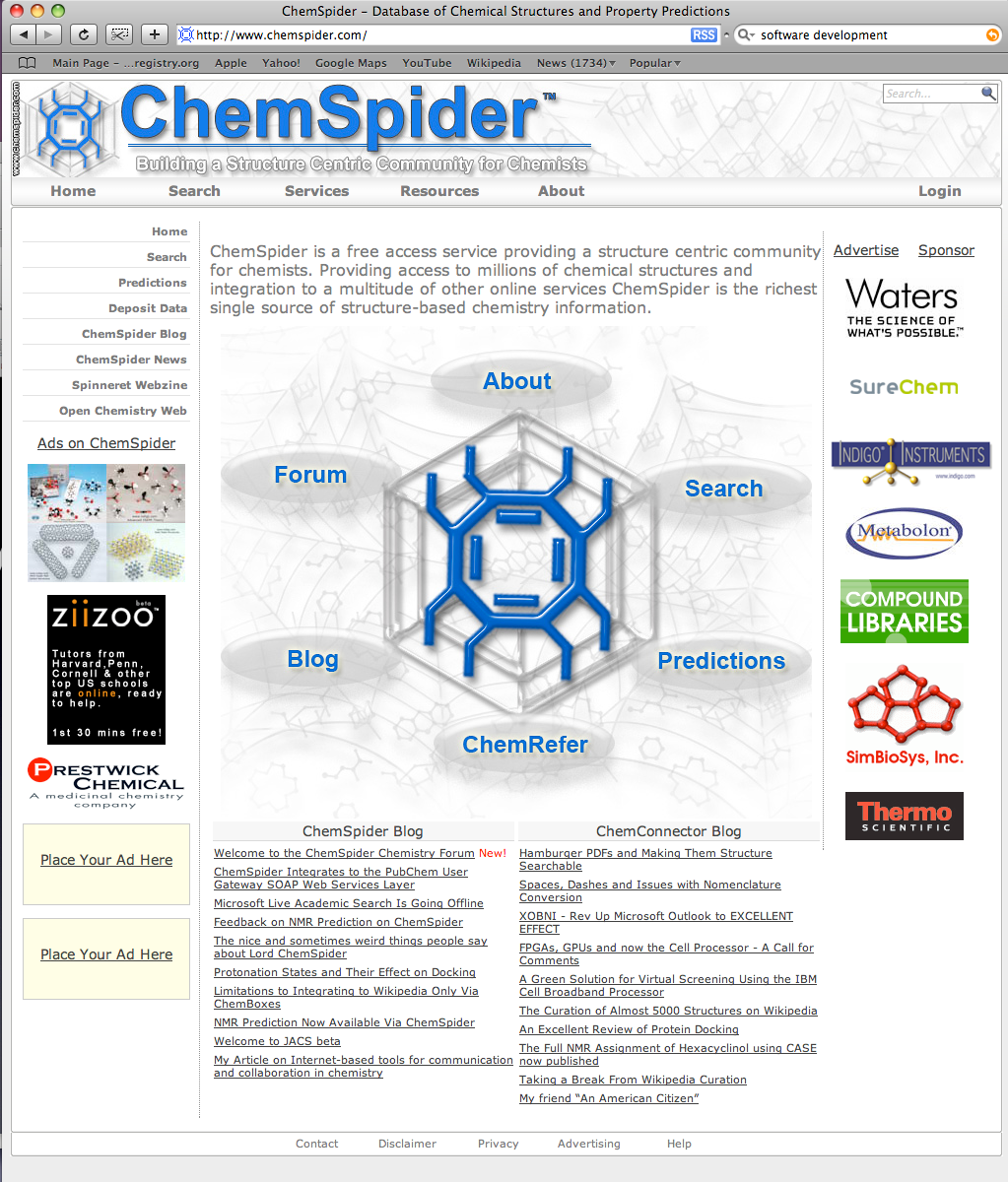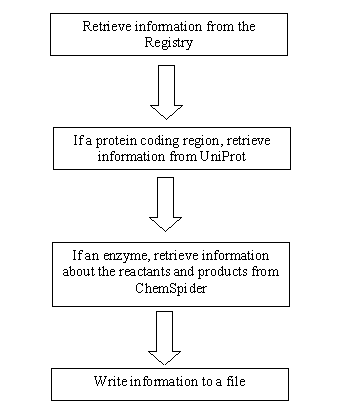Data Retrieval and Storage
From 2008.igem.org
(→Perl) |
(→Perl) |
||
| Line 21: | Line 21: | ||
== Perl == | == Perl == | ||
| - | [[Image:Perl_logo.PNG|| | + | [[Image:Perl_logo.PNG||frame|right|160px]] |
<div align=justify>The first major thing the software team worked on was finding a way to expand the database for EvoGEM. As of that moment, EvoGEM only had a small database of BioBrick parts, and all of those parts were added manually. Since the iGEM registry consisted of hundreds of parts, manually adding parts would not be practical. In addition, these parts were needed so that more sophisticated tests could made with EvoGEM. Also, we wanted to have some way of comparing the parts that were retrieved. If they were enzymes, what reactions were they catalyzing? If they were molecules, what were the molecular structures or other synonyms for these compounds? The answers to these questions would allow EvoGEM to learn and distinguish different molecules and compounds better. How do we accomplish this, though? By creating a Perl script! </div> | <div align=justify>The first major thing the software team worked on was finding a way to expand the database for EvoGEM. As of that moment, EvoGEM only had a small database of BioBrick parts, and all of those parts were added manually. Since the iGEM registry consisted of hundreds of parts, manually adding parts would not be practical. In addition, these parts were needed so that more sophisticated tests could made with EvoGEM. Also, we wanted to have some way of comparing the parts that were retrieved. If they were enzymes, what reactions were they catalyzing? If they were molecules, what were the molecular structures or other synonyms for these compounds? The answers to these questions would allow EvoGEM to learn and distinguish different molecules and compounds better. How do we accomplish this, though? By creating a Perl script! </div> | ||
Revision as of 21:38, 28 October 2008

|
| Home | The Team | The Project | Modeling | Notebook |
|---|
| Evolutionary Algorithm | Data Retrieval | Modeling | Graphical User Interface |
|---|
Contents |
Perl
UniProt
ChemSpider
After results are gone through UniProt, if there are further molecules that are involved in the reaction that are not proteins, the search goes to ChemSpider. This large database is much like UniProt except that it is for chemistry. Searching and querying in ChemSpider is quite simple as things can be queried using synonyms of molecules. This makes it a very useful tool. After a molecule is queried, ChemSpider will produce information about the molecule such as synonyms and SMILES, which is a simplified molecular input line entry specification. As useful as this information can be, the reason for coming for this database is to get something that is machine readable and can be used for comparisons of metabolic pathways. What is this machine readable format? This machine readable format is known as the IUPAC International Chemical Identifier (InChI). This InChi is a unique "fingerprint" of the molecule that is not ambiguous like SMILES and is supplied only by IUPAC. An example of an InChi would look like this:
1/C6H8O6/c7-1-2(8)5-3(9)4(10)6(11)12-5/h2,5,7-8,10-11H,1H2/t2-,5+/m0/s1
To see this database, go here: [http://www.chemspider.com ChemSpider]
The Algorithm
| Evolutionary Algorithm | Data Retrieval | Modeling | Graphical User Interface |
|---|
| Home | The Team | The Project | Modeling | Notebook |
|---|
 "
"



